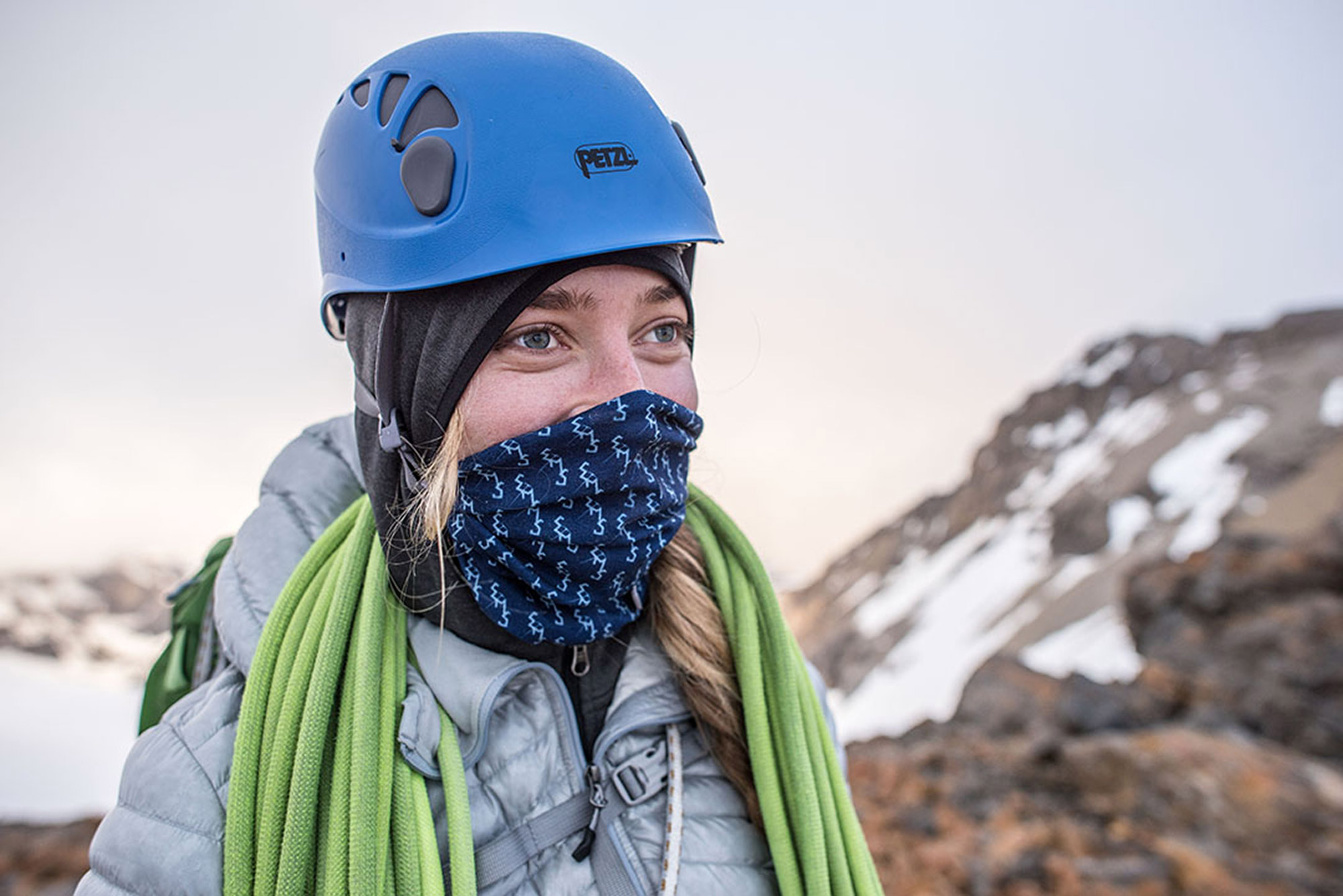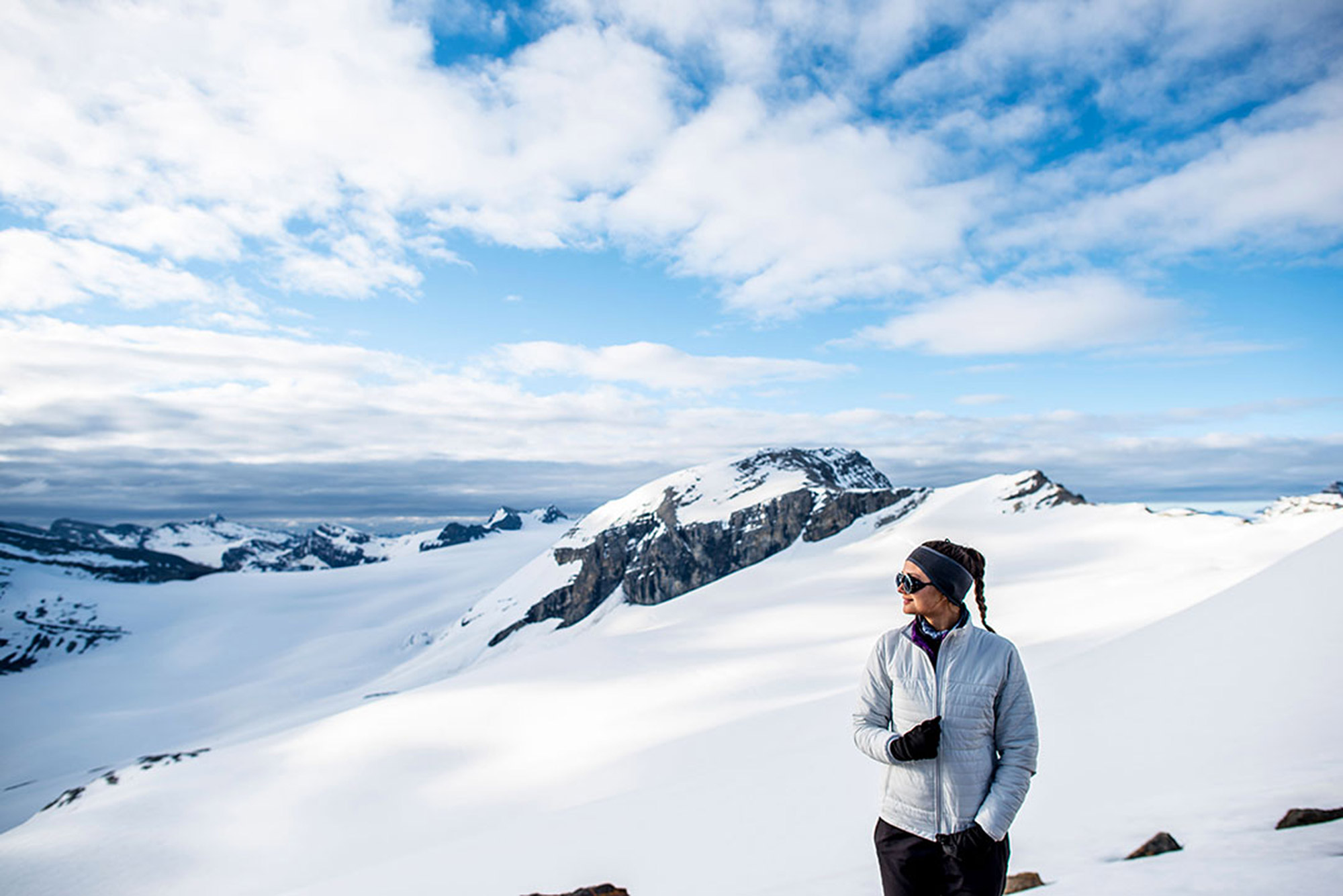We all have that friend who says, “Meh, it’s January. I don’t need to worry about sunscreen,”—Or maybe you are that friend. It’s easy to think that the sun is not as strong since the average highs in the the winter months are more like 15 to 20 degrees, instead of 75. But don’t let the low temperatures have you fooled—It takes only one bluebird day on the mountain to get a second degree burn all over your face. If you’re the type that usually wears sunscreen only in the warmer months, take the following into consideration before stepping out of the cabin.

Why is the sun so potent in the winter?
Here in the Northeast, we are pretty far from the equator, which means that for about six months of the year, we are pretty far from direct solar rays. But regardless of geographical latitude, there are some hidden factors that make winter sun exposure scary.
Elevation increases sun intensity and exposure. The atmosphere is thinner and there is less of it blocking the suns rays from hitting you than when you’re at sea level. With every 3,280 feet you gain from sea level, UV levels increase by about 10 percent.
The other factor increasing your exposure to UV rays in the winter is all that white stuff that we love to romp in. Snow can reflect up to 80 percent of the overhead UV rays, and inevitably increases the angles at which sun will hit you. Meaning, rays will be coming at you from below and the periphery, hitting spots where, normally, “the sun don’t shine.”
What parts of my body should I protect?
Fortunately, most of our skin is already protected from the sun during the winter, because of the clothing we need to stay comfortable outdoors. However, the head and upper torso are still likely to be uncovered, especially during high-exertion activities like nordic skiing and snowshoeing. Prominent facial features like your nose, cheeks, and lips are most susceptible to sun damage from the direct UV rays overhead. The areas often-forgotten are usually hit hardest by the reflected UV rays: think underneath your chin, the bottom of your nose around your nostrils, and your neck. Pay special attention to your peepers this time of year too. The intense sun overhead and reflection off a bright white layer of snow can really do a number on your eyes and lead to snow blindness: a temporary loss of vision due to sunburned corneas.

How do I prevent sun damage?
There are a handful of options to protect your skin and eyes from harmful solar rays, ranging from skin care and apparel accessories to sunglasses and ski goggles.
Skin Care
Sunscreen is a classic option for protecting skin on your face without physically covering up. Look for a sunscreen with a minimum of SPF 30 and broad-spectrum coverage. A really convenient option is sunscreen that comes in a solid form like Beyond Coastal’s Active Face Stick. These make it easy to apply on the spot without taking off your mittens, and it will fit in your pocket. Whatever form you choose, just don’t forget to re-apply every hour or two.
Apparel Accessories
For days when it is brutally cold or the wind is barreling out of control, physically covering your skin will likely be the best option for sun and weather protection. Balaclavas are a face mask, neck gaiter, and helmet liner all sewn into one accessory. For the best protection, opt for one that offers full face coverage, as it can always be pulled down or rolled up to allow for increased breathability. For days when it’s not frigid, neck gaiters are a versatile piece that will cover just your neck, or can be pulled up and over your cheeks and nose for all-over protection while providing a little bit of insulation.
Eye Protection
Sunglasses will be the most versatile choice for eye protection. In addition to lenses that offer 100 percent UVA and UVB protection, they should have a wrap-around frame or have side shields on the arms to provide lateral protection from the sun’s rays. Glacier sunglasses are super dark and are designed specifically for protection from snow glare and are great for winter trekking and mountaineering. Ski goggles are your eyes best line of defense when skiing or riding. Opt for goggles that feature lenses filtering 100 percent of UV rays.

The sun doesn’t take a break at any point in the year from emitting UV radiation. Considering this is the number one cause of skin cancer, among other damaging skin conditions, it’s important to take preventative measures to protect your skin during all seasons, even if much of it is spent bundled up from head to toe. You’ll be glad when those rosy cheeks don’t turn into a blistering mess.
Glenn Swanson
Glenn got her literary debut writing weekly Taco Tuesday invitations to her pals while at UMaine. After a brief stint in writing memes for circulation among the office crowd, she decided to pursue the wilder frontier of outdoor blogs. She’s committed to the having the most fun on the mountain and sharing that stoke with others, including, but not limited to, summit high-fives.
Related Posts
April 2, 2024
10 Tips for Mountain Biking Etiquette During Mud Season
One rough spring could ruin the…




